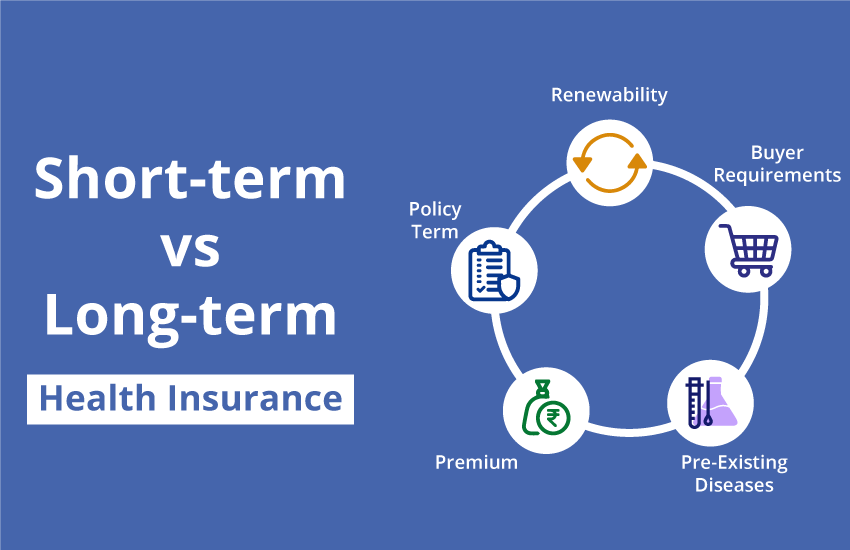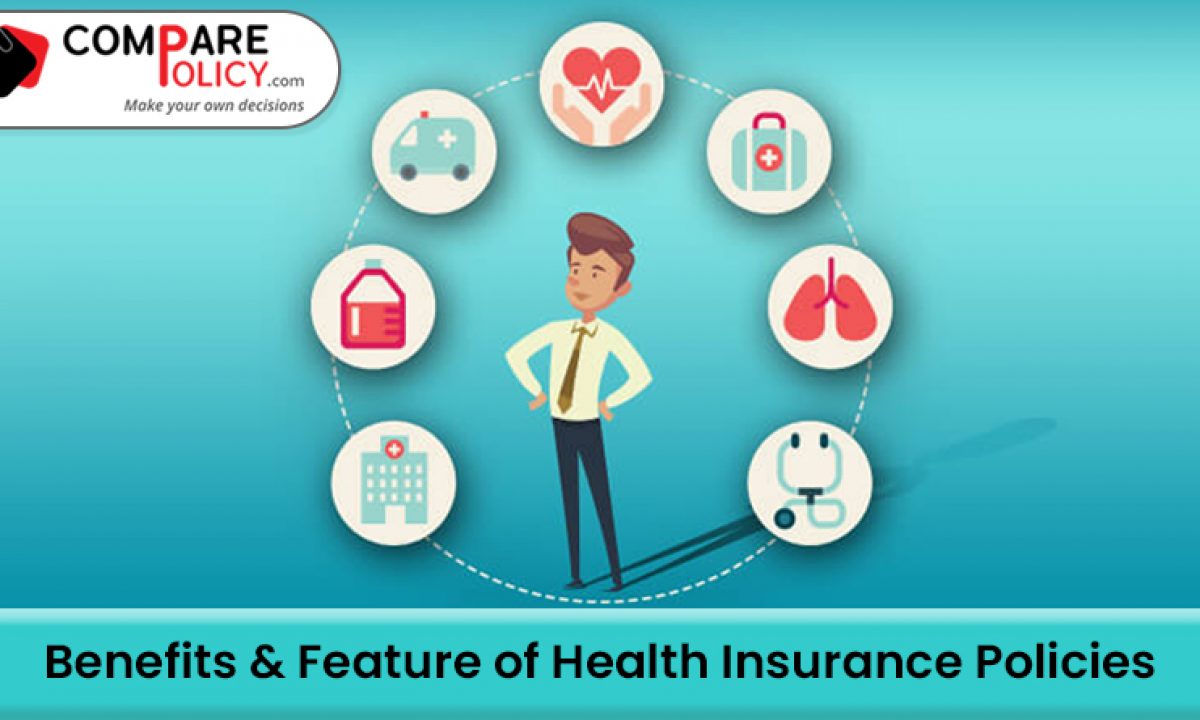Medicare Advantage Agent Fundamentals Explained
Medicare Advantage Agent Fundamentals Explained
Blog Article
Medicare Advantage Agent - An Overview
Table of ContentsThe Of Medicare Advantage AgentSome Of Medicare Advantage AgentSee This Report about Medicare Advantage Agent

follows from perplexing the relatively young age profile of the uninsured with the better health and wellness, on average, of younger persons. This covers the link in between wellness condition and medical insurance. For those without access to workplace medical insurance, inadequate health is a possible barrier to buying nongroup insurance coverage since such protection might be extremely valued, omit pre-existing problems, or be just not available. The number of uninsured Americans is not particularly huge and has not changed over the last few years. 7 out of ten respondents in an across the country representative survey thought that less Americans did not have wellness insurance policy than really do(Fronstin, 1998). Approximately fifty percent(47 percent )thought that the variety of individuals without health and wellness insurance reduced or continued to be constant over the latter half of the last years(Blendon et al., 1999). This decrease of almost 2 million in the variety of people 'without insurance coverage (a reduction
of around 4 percent)is absolutely a favorable change. With a softer economic situation in 2000 the current reported gains in insurance coverage may not proceed(Fronstin, 2001 ). The decline in the number of without insurance will certainly not continue if the economic situation remains sluggish and healthcare prices remain to exceed rising cost of living. This is since the information were collected for a period of strong economic performance. Of the estimated 42 million people that were without insurance, just about regarding 420,000(about 1 percent)were under 65 years of age, the age at which most Americans become eligible for Medicare; 32 million were grownups between ages 18 and 65, around 19 percent of all grownups in this age group; and 10 million were kids under 18 years old, about 13.9 percent of all children (Mills, 2000). These price quotes of the number of persons uninsured are generated from the yearly March Supplement to the Present Population Study (CPS), carried out by the Census Bureau. Unless or else noted, national estimates of individuals without wellness insurance policy and proportions of the populace with different kinds of coverage are based on the CPS, one of the most extensively utilized resource of quotes of insurance protection and uninsurance prices. These studies and the price quotes they yield are described briefly in Table B. 1 in Appendix B - Medicare Advantage Agent. These studies differ in size and tasting methods, the inquiries that are inquired about insurance policy
Not known Factual Statements About Medicare Advantage Agent
protection, and the time period over which insurance protection or uninsurance is determined(Lewis et al., 1998, Fronstin, 2000a ). Still, the CPS is especially useful because it produces annual estimates reasonably rapidly, reporting the previous year's insurance policy protection estimates each September, and due to the fact that it is the basis for a constant set of estimates for greater than 20 years, allowing for analysis of patterns in insurance coverage gradually.

Some Known Details About Medicare Advantage Agent
The connection between health insurance policy and accessibility to care is well established, as recorded later in this chapter. The partnership between wellness insurance policy and health outcomes is neither straight neither simple, a considerable clinical and wellness services study literature links wellness insurance coverage
to improved enhanced accessibility care, better far better, and improved enhanced individual population health health and wellness. The second report, on personal wellness outcomes for uninsured grownups, is stood for by the innermost circle of the figure, while the 3rd report, on family members well-being, incorporates the subjects of the 2nd record anonymous yet emphasizes a different system of evaluation, specifically, the family.
Additionally, it concentrates especially on those without any type of medical insurance for any length of time. The troubles faced by the underinsured remain in some aspects similar to those dealt with by the uninsured, although they are usually much less severe. Uninsurance and underinsurance, however, include noticeably various policy problems, and the strategies for resolving them might vary. Throughout this research and the 5 records to follow, the main focus is on individuals without medical insurance and therefore no support in spending for health care beyond what is available through charity and safeguard institutions. Health and wellness insurance is a powerful variable impacting invoice of care since both clients and physicians react to the out-of-pocket cost of services. Health insurance coverage, however, is neither needed nor adequate to get to clinical services. However, the independent and straight effect of health
insurance policy protection on access to health and wellness services is well established. Others will certainly obtain the healthcare they need also without health insurance coverage, by spending for it expense or seeking it from suppliers that provide treatment complimentary or at extremely subsidized prices. For still others, medical insurance alone does not make sure receipt of treatment due to the fact look these up that of other nonfinancial obstacles, such as an absence of healthcare service providers in their community, limited accessibility to transport, illiteracy, or linguistic and cultural distinctions. Formal study concerning without insurance populations in the USA dates to the late 1920s and very early 1930s when the Committee on the Cost of Treatment created a series of records about financing medical professional workplace sees and hospital stays. This problem became salient as the varieties of medically indigent climbed throughout the Great Clinical depression. Empirical studies continually sustain the link in between access to care and enhanced health results(Bindman et al., 1995; Starfield, 1995 ). Having a normal source of treatment can be considered a predictor of gain access to, instead of a straight action of it, when wellness outcomes are themselves utilized as gain access to indications. This extension of the notion of accessibility dimension was made by the IOM Board on Keeping Track Of Gain Access To to Personal Wellness Treatment Services(Millman, 1993, p. Whether or not moms and dads are guaranteed appears to influence whether their youngsters obtain treatment along with just how much careeven if the children themselves have insurance coverage(Hanson, 1998). The health and wellness of parents can influence their ability to look after their kids and the degree of family members anxiety. Fretting about their children's accessibility to care is itself a source of tension for parents. 3 chapters follow in this report. Chapter 2 gives an introduction of how employment-based wellness insurance policy, public programs and individual insurance coverage policies operate and connect to provide substantial yet incomplete protection of the united state population. This includes a testimonial of historic fads and public plans affecting both public and personal insurance policy, a conversation of the communications among the various kinds of insurance coverage, and an examination of why people relocate from one program to another or end up

Report this page